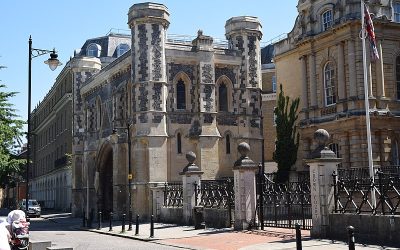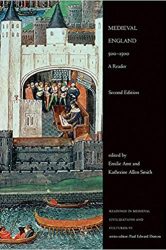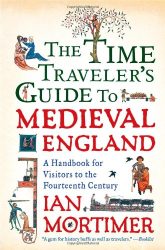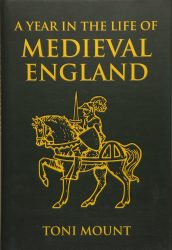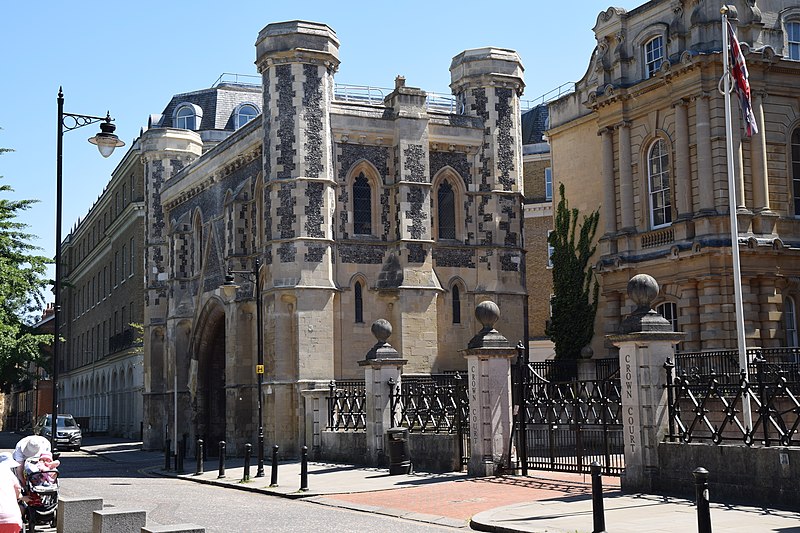
Berkshire, South East England
(51°27′15″N 0°58′23″W)
"...for the salvation of my soul, and the souls of King William, my father, and of King William, my brother, and Queen Maud, my wife, and all my ancestors and successors"
Henry I ordering the construction of Reading Abbey
The foundation of Reading dates back to Britain’s Roman occupation, when it was known as Readingum – possibly a reference to the Readingas, an Anglo-Saxon tribe.
In late 870, an army of Danes invaded Wessex and set up camp at Reading. They were confronted by King Ethelred and his brother Alfred the Great in the First Battle of Reading but were unsuccessful. The Danes stayed in Reading until 871 when they retreated to London.
After the Battle of Hastings and the Norman conquest of England, William the Conqueror gave land in and around Reading to his Battle Abbey foundation. In 1121 Henry I founded Reading Abbey. It contained the tomb of the King and remained under royal patronage until its dissolution in 1539.
By 1525, Reading was the largest town in Berkshire and the 10th largest town in England. By 1611, its population had reached over 5000, and the town was famous for its cloth trade.
Visit Reading
What to See
Medieval Reading: Top 5 Attractions
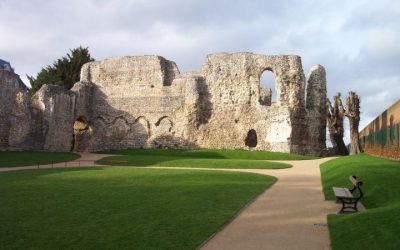
Reading Abbey Ruins
Reading Abbey was founded in 1121 by Henry I, who is buried within the Abbey grounds. It was conveniently situated on major communication routes. It witnessed many important royal and historical events, such as the marriage of John of Gaunt to Blanche of Lancaster in 1359, and the publication of Edward IV’s secret marriage to Elizabeth Woodville in 1464.
Reading Minster
Reading Minster, or the Minster Church of St Mary the Virgin, is the oldest ecclesiastical foundation in Reading. Silver coins of the 9th century have been found in the churchyard. The main body of the church dates from the late 11th Century. After the Reformation, the church required extensive repair but was restored between 1551 and 1555 using masonry and timber from the ruins of the Abbey.
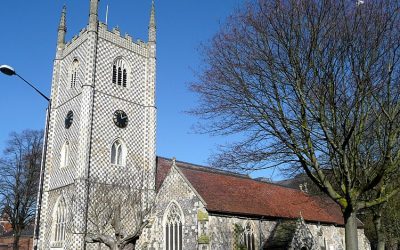
The Abbey’s Inner Gateway is one of only two buildings that survived the monasteries’ dissolution between 1536 and 1541 (the other being the Hospitium). The gateway marked the division between the area open to the public and the section accessible only to monks. This is where Hugh Faringdon, the last abbot of Reading, was hanged, drawn, and quartered.
Reading Hospitium
This building was the abbey’s hospitium or dormitory for pilgrims. It was founded in 1189 and is also known as the Hospitium of St. John. The surviving building was the main one of a larger range that could accommodate 400 people. The abbey school, founded in 1125, moved into the hospitium in 1485 as the Royal Grammar School of King Henry VII.
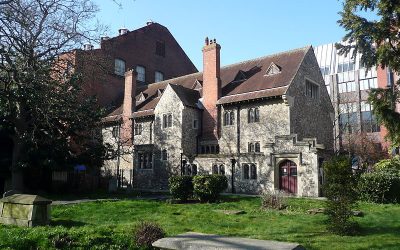
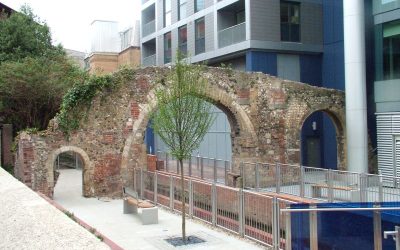
Mill Arch
These stone arches are all that remains of the abbey’s mill, powered by the small stream called the Holy Brook that comes off the River Kennet. The arches formed one of the walls, where a working mill stood on the site from the 1100s right up until 1963. Around the mill, the area would have been a busy workplace with a bakehouse, dovecote, and a brewery.
Reading Museum
Reading Museum was open to the public in 1883. It focuses on objects that tell the story of the city and its inhabitants. This modern, fascinating museum also houses the Silchester collection (objects from the Roman town of Calleva Atrebatum) and the only full-size replica of the Bayeaux Tapestry, acquired in 1895.
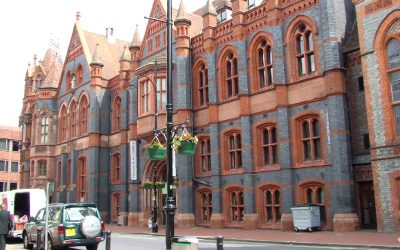
More Medieval Towns
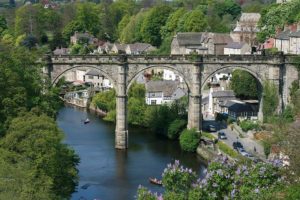
Knaresborough
Knaresborough is a 12th-Century market town perched on the cliffs above the River Nidd.
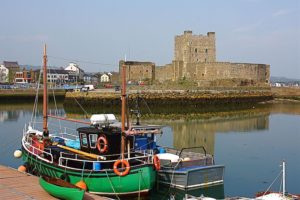
Carrickfergus
Carrickfergus sits on the north shore of Belfast Lough and is County Antrim’s oldest town
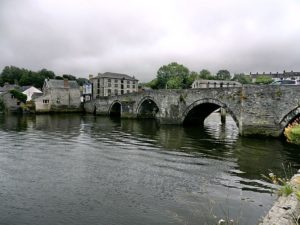
Cardigan
Cardigan was developed around a Norman castle built in the late 11th century.

Linlithgow
Linlithgow in West Lothian was once home to one of the great royal courts of Europe
More to see in South-East England
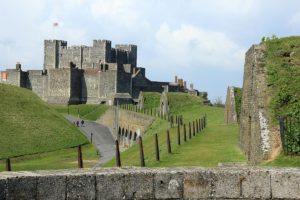
Dover Castle
Dover Castle was built in the 11th century and is the largest castle in England.
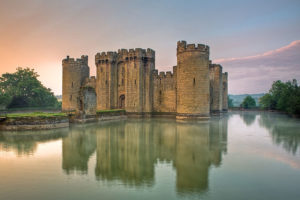
Bodiam Castle
Bodiam Castle was built in 1385 to defend the area during the Hundred Years’ War.

Hedingham Castle
Hedingham Castle, built in 1100, is arguably the best preserved Norman keep in England.
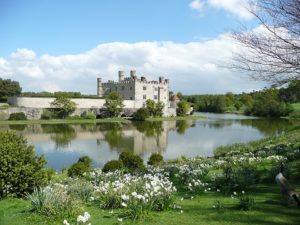
Leeds Castle
Leeds Castle has existed on the site since 1119 and for 300 years it was a royal residence.

